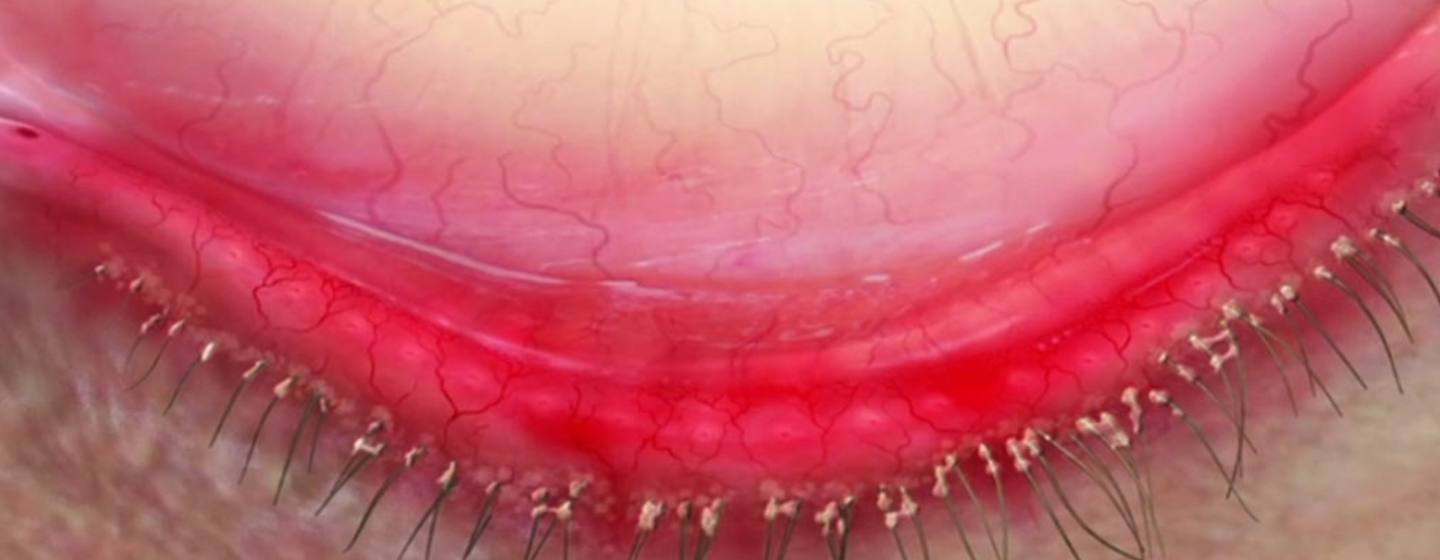A common, misunderstood but manageable condition
Blepharitis affects 20 million patients per year, making it one of the most common conditions managed by eye care practitioners (ECPs). An estimated 45 percent of all blepharitis cases involve the ectoparasite demodex—meaning that demodex blepharitis is more than three times more prevalent than other common conditions such as glaucoma.
However, unlike with other eye conditions, ECPs must tread lightly when educating patients with demodex blepharitis because of its particularities. Surveys have shown that 23 percent of patients are self-conscious about the negative appearance of their eyes or eyelids, which may appear red or swollen, crusted with debris, or have missing eyelashes as a result of the condition. In addition, 6 percent of patients stated the condition had affected their mental state. This is not so surprising if you look at a close-up of the microscopic demodex mite!
Demodex blepharitis is three times more prevalent than other common conditions such as glaucoma, and can make patients feel self-conscious about their appearance.
Patient education for demodex blepharitis requires finding a balance between explaining the condition without upsetting patients, while also letting them know that left untreated, it can result in thinning and loss of lashes, intolerance to contact lenses, or potentially chronic dry eye disease.
Rendia animations provide an ideal forum to properly position this condition, ease patient concerns, and effectively educate patients on potential treatment options.
Videos can help patients visualize the condition
Depending on the patient, this video may help explain and normalize demodex blepharitis as a common, chronic, but manageable condition with a variety of treatment options. Patients may be reassured to learn that everyone has microscopic, mostly harmless, bacteria on their body. This video is another, perhaps less alarming, way to explain the different causes of blepharitis.
Videos can help explain the cause of collarettes, or a sleeve at the base of the lashes, the hallmark sign of demodex blepharitis.
Demodex has two forms: follicularis and brevis. Follicularis tends to involve the lashes and particularly the base of and within the lash follicle itself. Demodex brevis affects the sebaceous glands of the skin as well as the meibomian glands of the eyelid.
Collarettes, or a sleeve at the base of the lashes, is the hallmark sign of demodex blepharitis. Infestation by this microorganism results in red, irritated and especially itchy eyelids. It can lead to debris on the eyelashes and grittiness. Because it affects the meibomian glands it can also be associated with meibomian gland dysfunction (MBD) and evaporative dry eye disease.
Exam Mode shows treatment options
Rendia’s Exam Mode offers an ideal way to show patients disease progression and treatment options during an in-person consultation or a telehealth visit. Here’s a quick video showing how I use Exam Mode with my patients.
Tip: I often tell patients to think of the dental model: a dental hygienist performs in-office teeth cleaning, but patients still brush and floss at home. Likewise, encourage your blepharitis patients to see their ECP for in-office mechanical cleaning and to use lid scrubs and hot compresses at home.
Interested in building a Dry Eye Center of Excellence in your practice? Download our free ebook.

